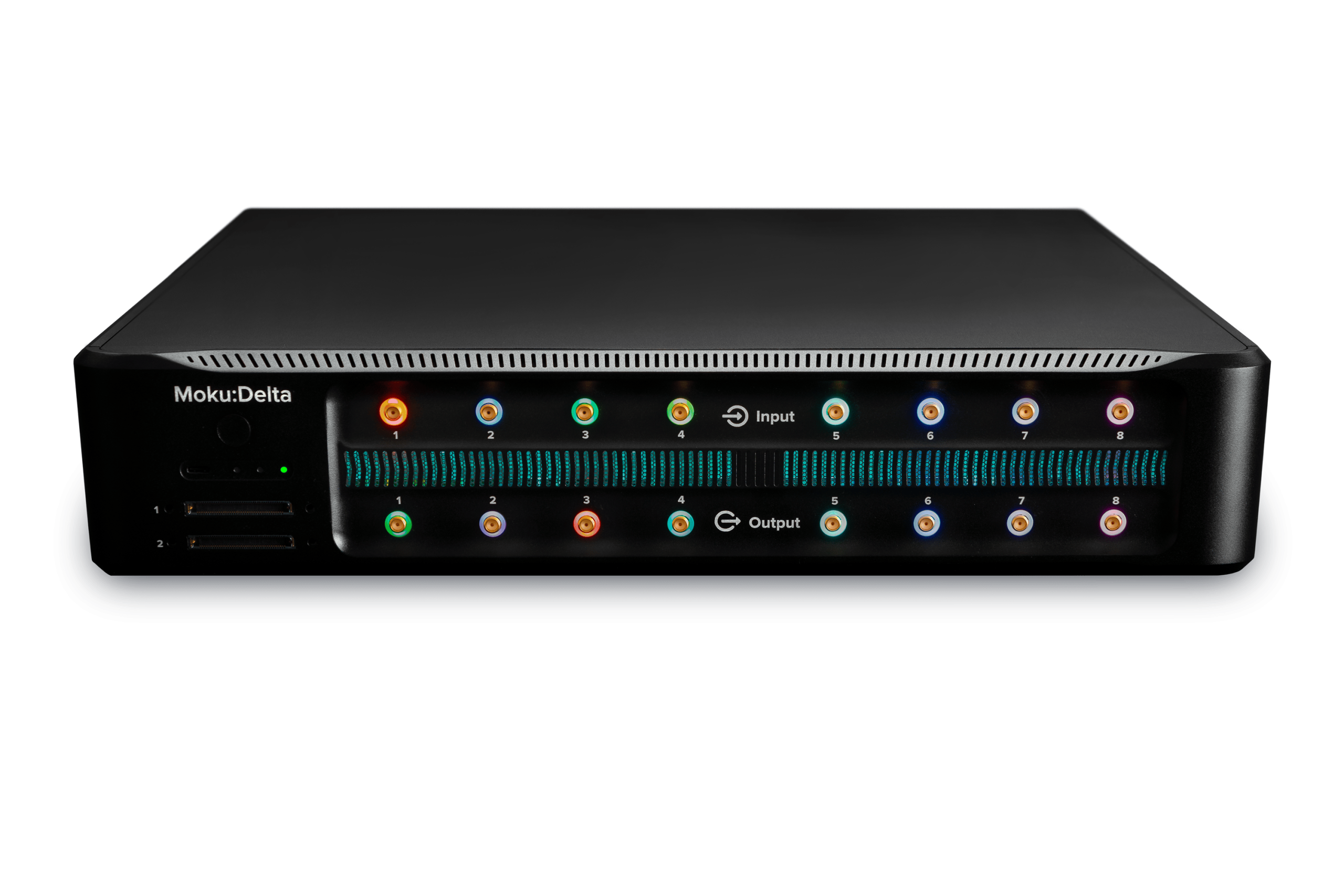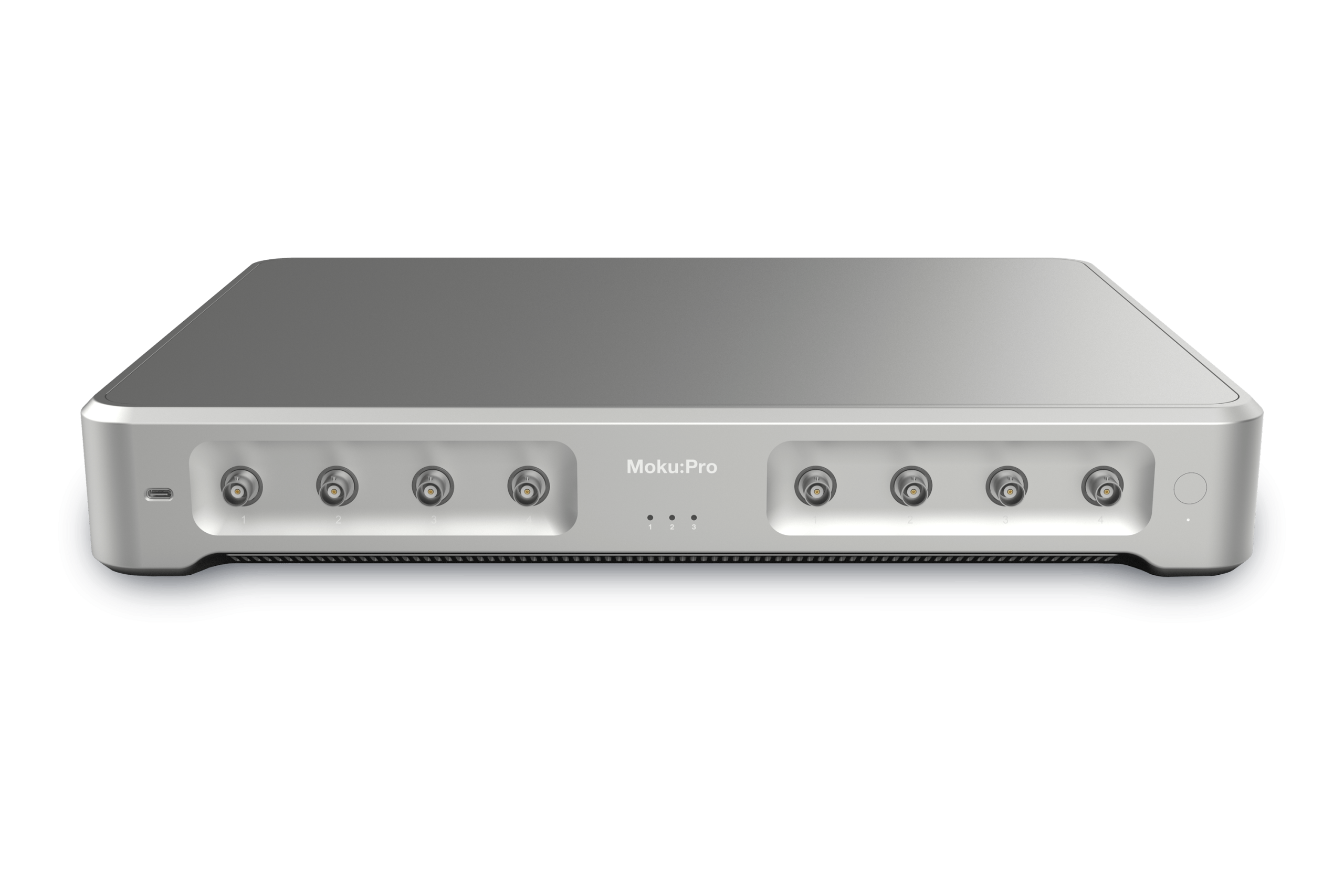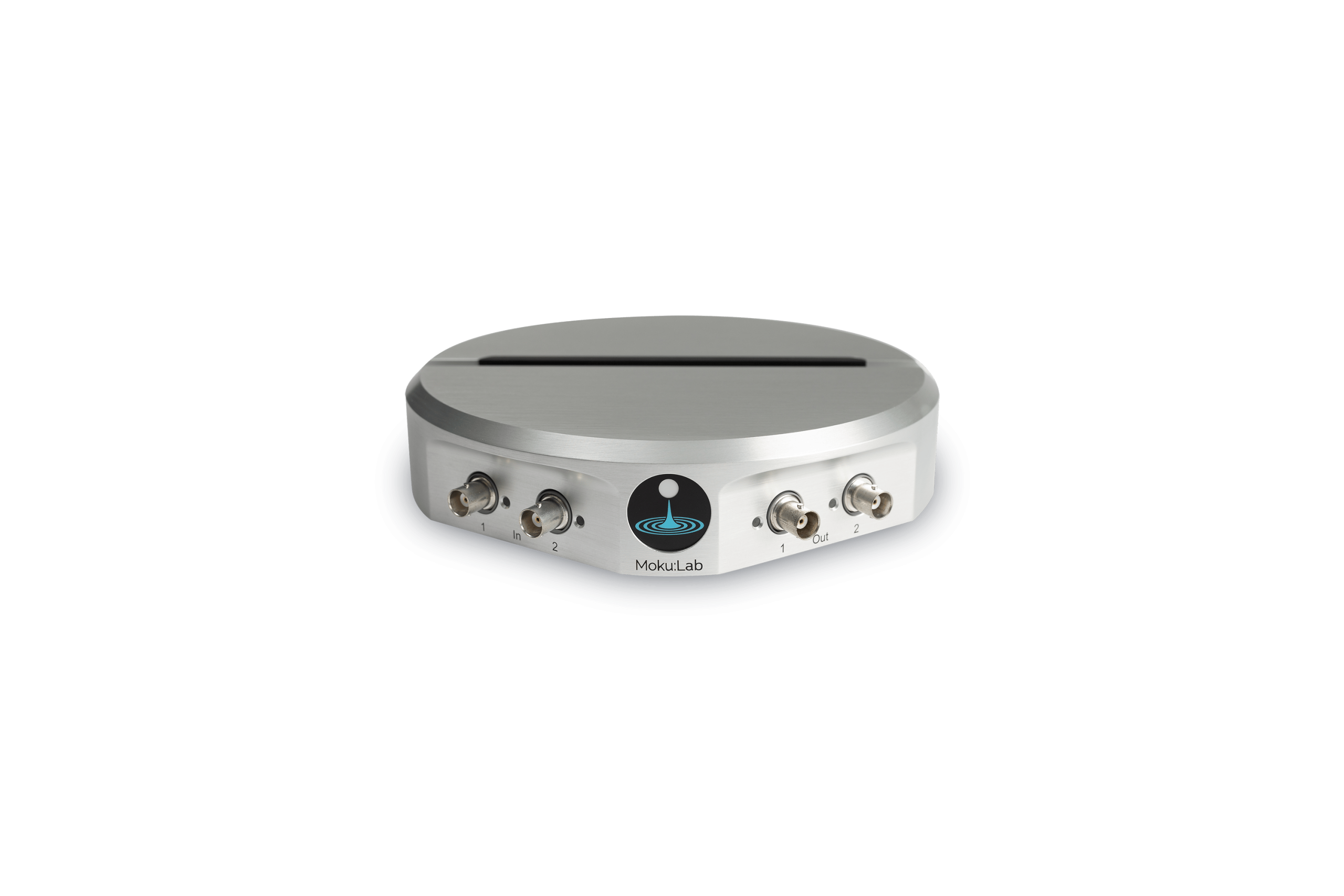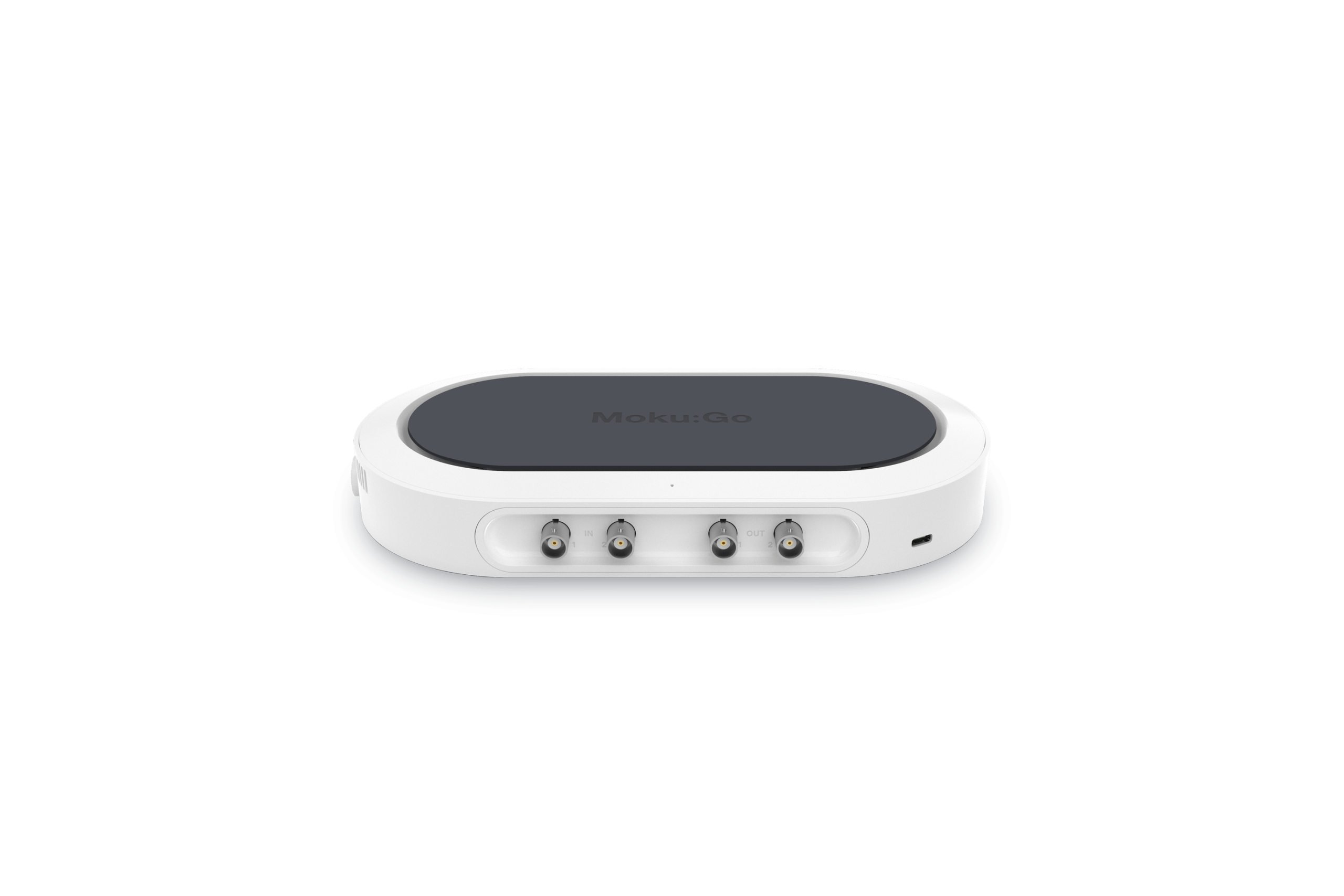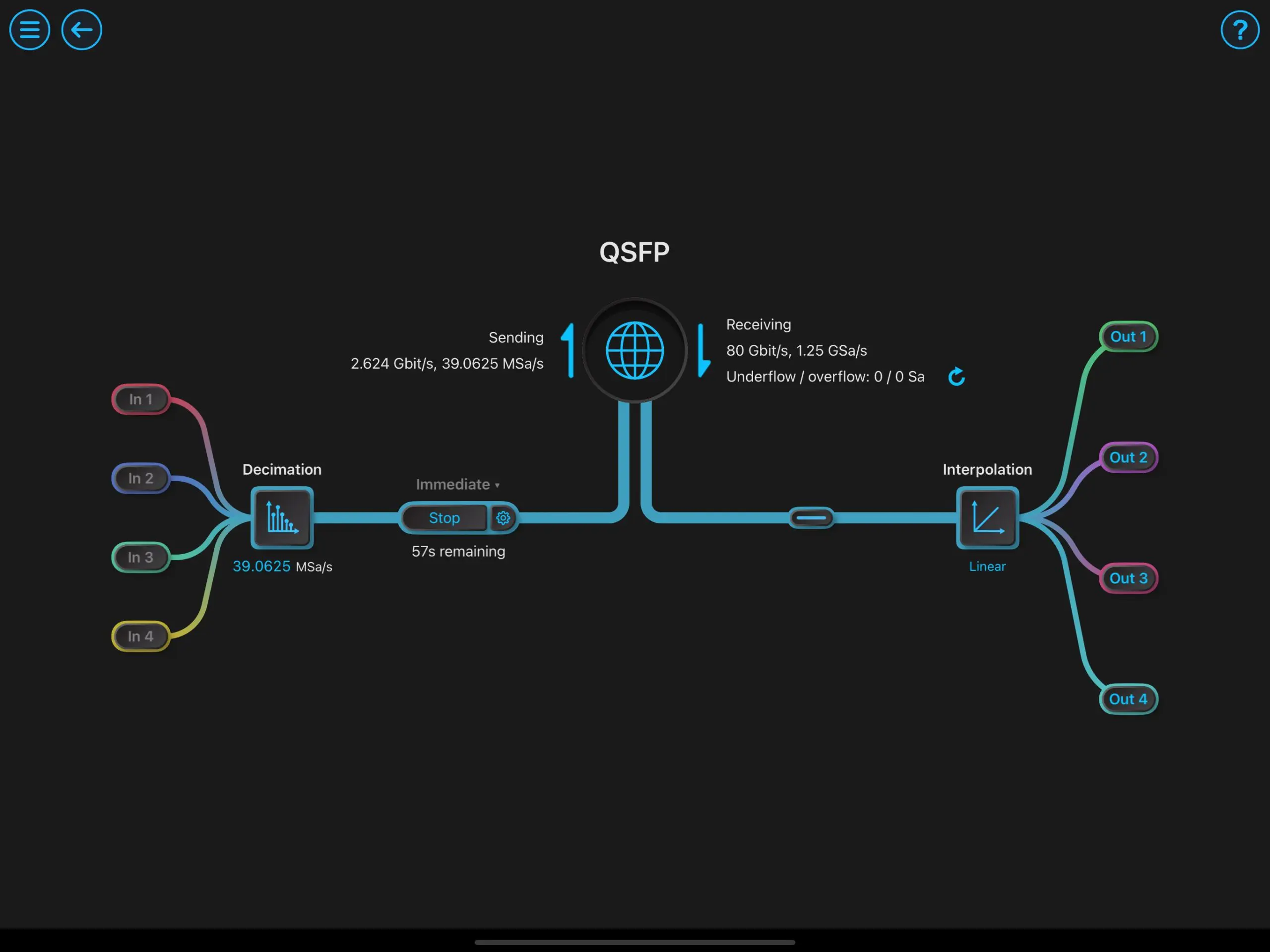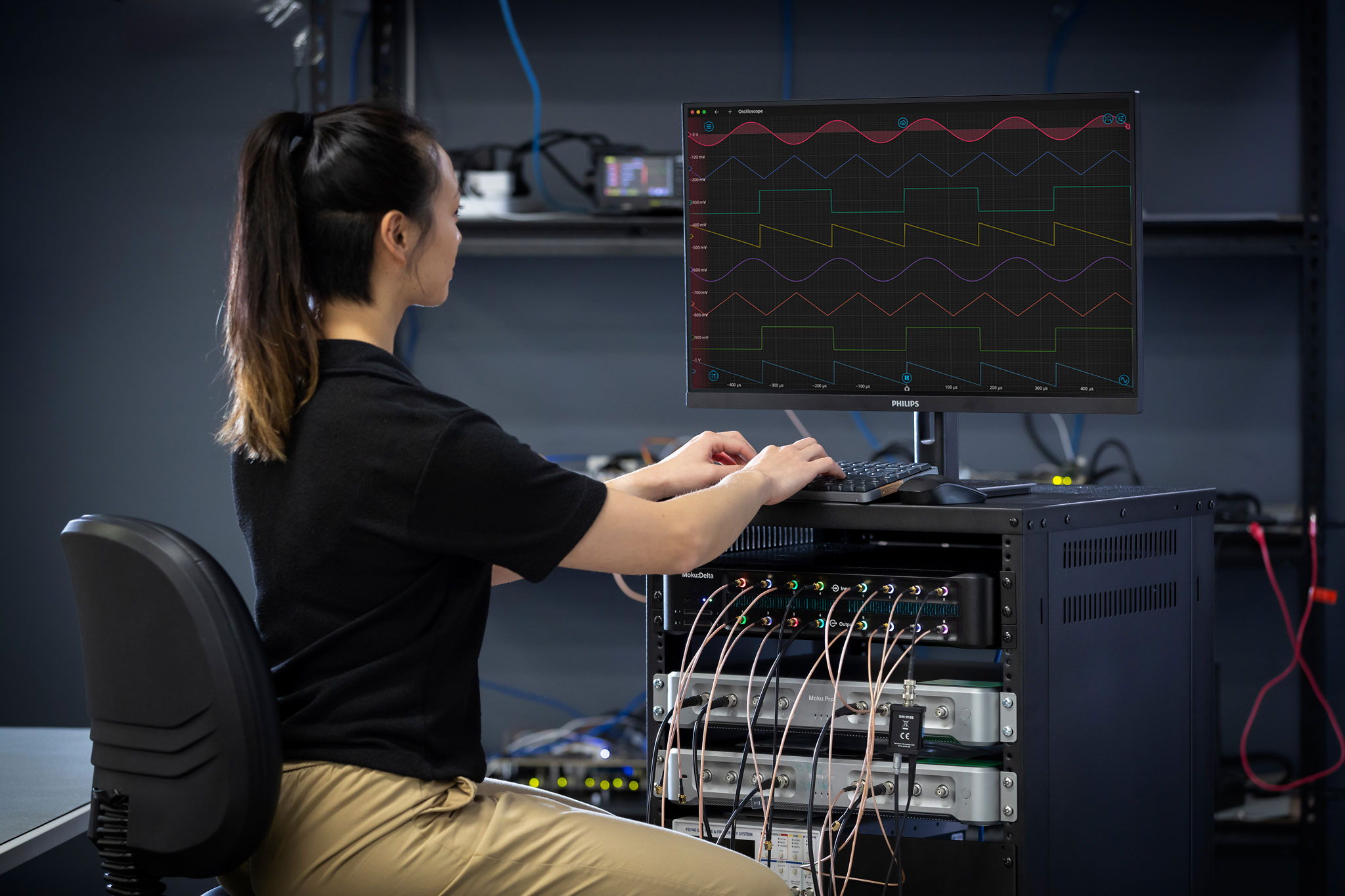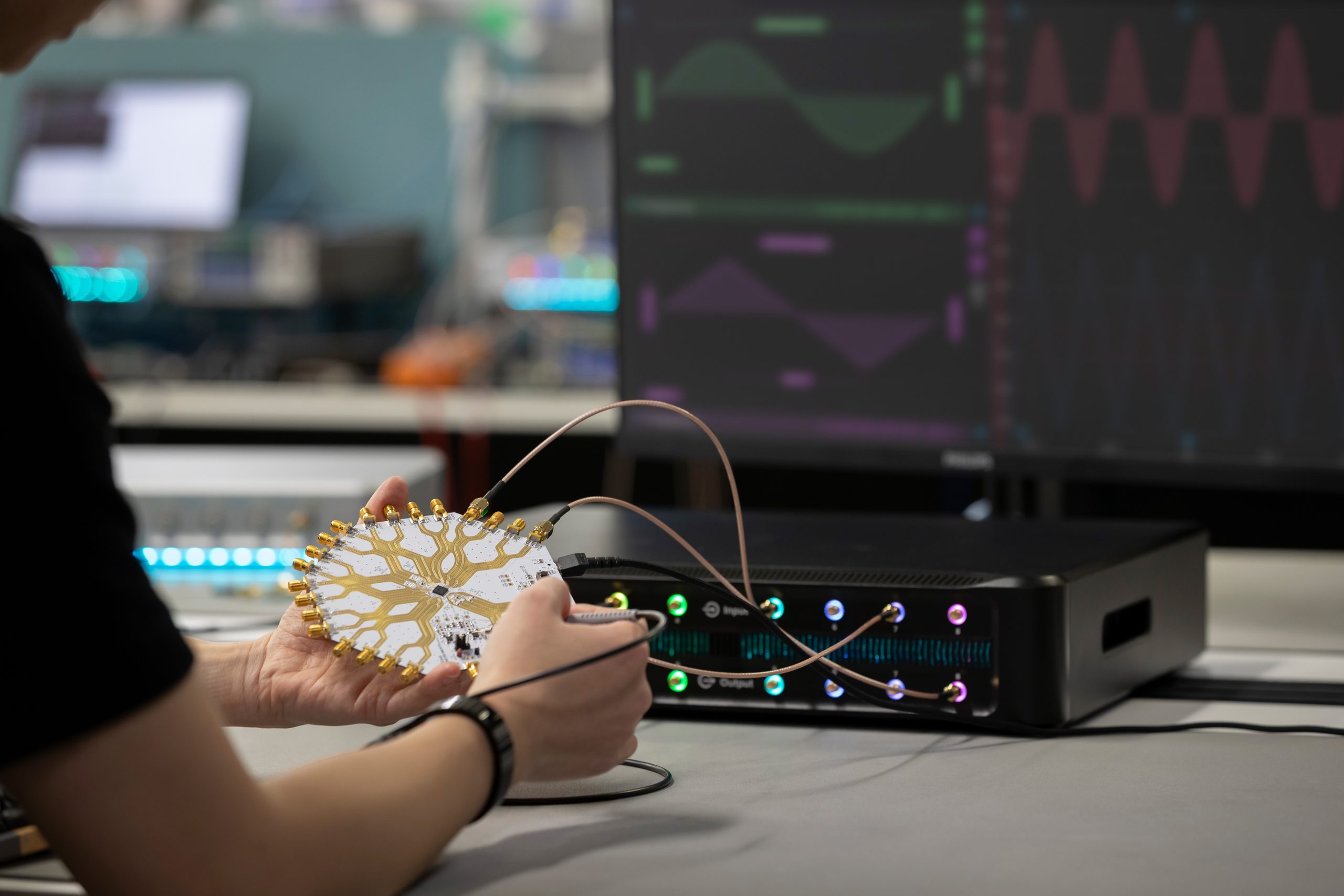This recap and Q+A complements our webinar, Improving the SNR of low-duty-cycle signals with a boxcar averager, co-hosted with Optica on February 13, 2025. In addition to a webinar summary, we’ve included in-depth answers to select audience questions below.
Webinar recap
During the presentation, we introduced the concept of a boxcar averager and explained how it can help extract signals from periodic, low-duty-cycle data. We showed how to use Moku Cloud Compile, a versatile instrument included on all Moku devices, to deploy a premade boxcar averager bitstream. Finally, in a live demo, we configured the system parameters and viewed the output from the boxcar averager in real time. To make optimal use of the boxcar averager, we also provided several supporting resources, including the link to Github for downloading the bitstream, as well as the control value spreadsheet and Getting Started Guide.
Audience questions
How many signals can you perform boxcar averaging on at once?
Each boxcar averager bitstream, when deployed using Moku Cloud Compile, can analyze one input signal. Multi-Instrument Mode allows you to run up to four instances of a given instrument simultaneously. This means that users are able to analyze four independent signals concurrently on Moku:Pro, using all of the device’s available input ports.
What is the minimum gate width and gate repetition rate that can be measured?
The minimum gate width is determined by the device’s clock rate. For Moku:Pro, this rate is 312.5 MHz, corresponding to a minimum gate width of 3.2 ns. Regarding repetition rate, this strongly depends on both the pulse width and gate width, as the trigger pulses and measurement gates should not overlap with each other. Keep in mind as well that pushing the instrument to the minimum gate width and maximum repetition rate can result in poor data quality due to the small number of points sampled by Moku Cloud Compile in each cycle. We recommend that users keep below a pulse repetition rate of 20 MHz to ensure that the data is not distorted.
How does applying gain compute the average value?
In digital signal processing, gain is applied to a value via bit shifting. For our boxcar averager, the gain control ranges from 1/(2^16) to 2^16, where the lower 16 bits are fractional. Please see the control value spreadsheet for reference. This means that you can divide the output value by setting the gain factor to a value less than unity (< 65536 as the input control value). The relationship between the gain factor and the averager length is reflected by the average output scale factor on the control value spreadsheet. For example, if the gain factor is 0.01 and the number of averages is 100, then this value will be unity. If the number of averages is only 10, then this value will become 0.1. For practical use, the best way to compute the actual average value is to set the gain factor to an arbitrary value that gives an unsaturated, non-zero output value and divide that output voltage by the average output scale factor.
Thanks again for viewing our webinar. We look forward to seeing you at a future presentation.
For more insightful demonstrations, check out our webinar library for on-demand viewing.
